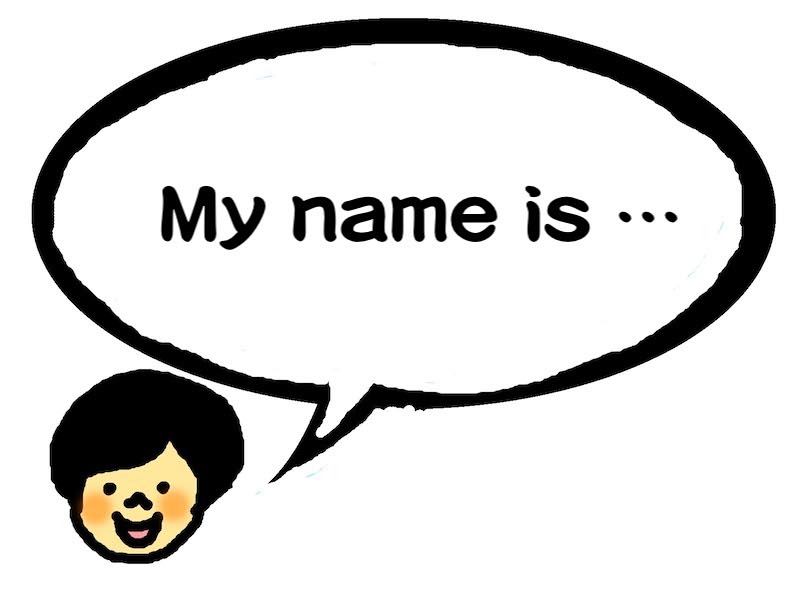Surname or Given Name?
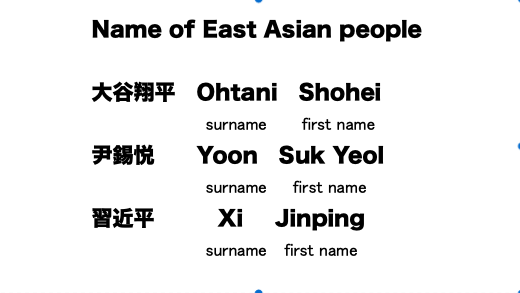
I have listed names of people from Japan, South Korea, and China. What they have in common is that the surname comes first, followed by the given name. Perhaps in these regions, the influence of Confucianism has prioritized the family or clan over the individual.
Before Japan was influenced by Western civilization, that is, before the Edo period (1603-1868), there was no issue. One reason is that except for people of high status, surnames were not given. However, since the Meiji era (1868-1912), when Japan began its modernization journey, it became necessary for all Japanese people to have a surname before their given name. In the English context, that is, when English is used, the order of surname and given name in Japanese names was reversed to fit the Western convention. For example, Ohtani Shohei became Shohei Ohtani.
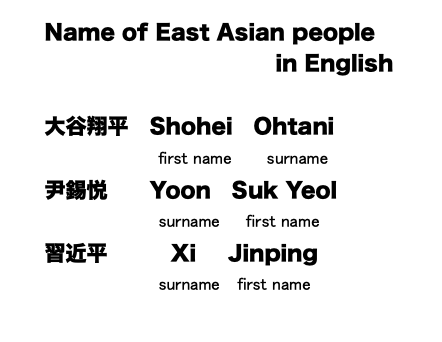
Since English speakers have the given name first, Japanese people might have decided to switch the order when speaking English. Of course, when Japanese people speak in Japanese among themselves, the order remains surname followed by given name.
This is quite a tricky issue. For foreigners, when they hear a Japanese name for the first time, it is difficult to determine which is the surname and which is the given name. Moreover, for reasons not entirely clear, historical figures familiar to all Japanese people, such as Oda Nobunaga,Toyotomi Hideyoshi, and Tokugawa Ieyasu, are used in English without any change. By the way, Oda, Toyotomi, and Tokugawa represent the surnames.
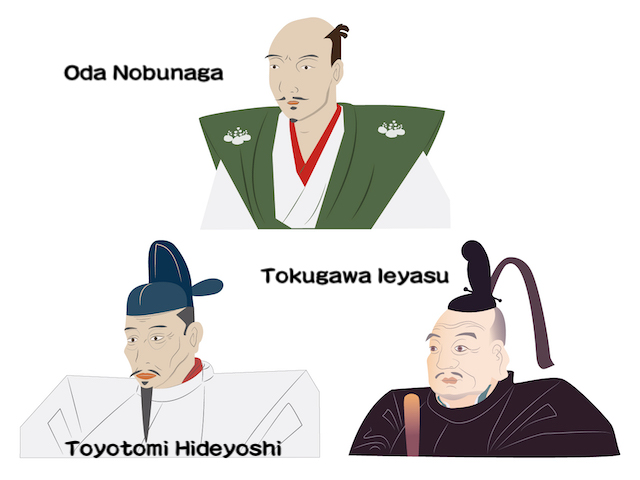
As more foreigners visit Japan and exchanges deepen, some people have begun to think that this issue should be resolved. Furthermore, there is a question of why only Japanese people need to reverse the order in English, while in Korea and China, they use the same order as in their own language. Some argue that there may be a spirit of subservience to Western civilization behind this.
From this perspective, recently, there has been discourse advocating that in English, just as in Japanese, one should introduce themselves in the order of surname followed by given name.
In fact, the government decided in 2020 that when writing Japanese names in Roman letters in official documents, the order should be surname followed by given name. Furthermore, when there is a need to clearly distinguish the surname, the surname part should be written entirely in uppercase letters, as in “OHTANI Shohei“.
However, because the order of given name and surname has been prevalent for a long time, it was left to the discretion of individuals to decide how to respond.
In response to this trend, NHK, Japan’s public broadcaster, has been consistently using the surname followed by given name when dealing with Japanese names in its English broadcasts. For example, Prime Minister Kishida Fumio (Kishida is a surname!).
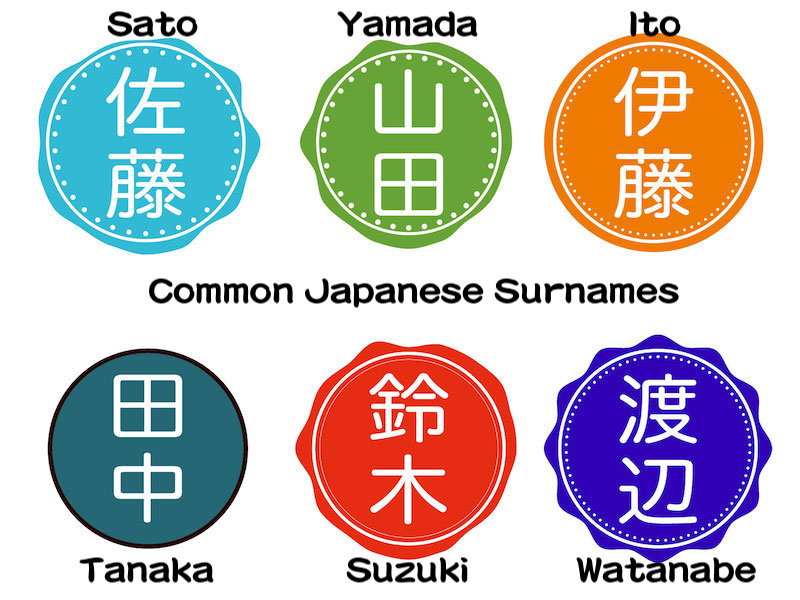
On the other hand, in Yomiuri Shinbun, which is the newspaper with the highest circulation in Japan, the names of Japanese people are written as Fumio Kishida in its English edition (The Japan News). This is also consistent.
The current situation varies, so to speak.
How about in the education sector? It seems that the policy is gradually permeating in English classes, as the Minister of Education has commented on it. However, when I served as an interviewer for an English proficiency test, more than 80% of the junior and senior high school examinees introduced themselves in the order of given name followed by surname. (This figure is merely based on my personal experience.)
It seems that overturning the tradition since the Meiji era will take time. It might still be difficult for foreigners to distinguish whether a Japanese name represents a surname or a given name in the future.

